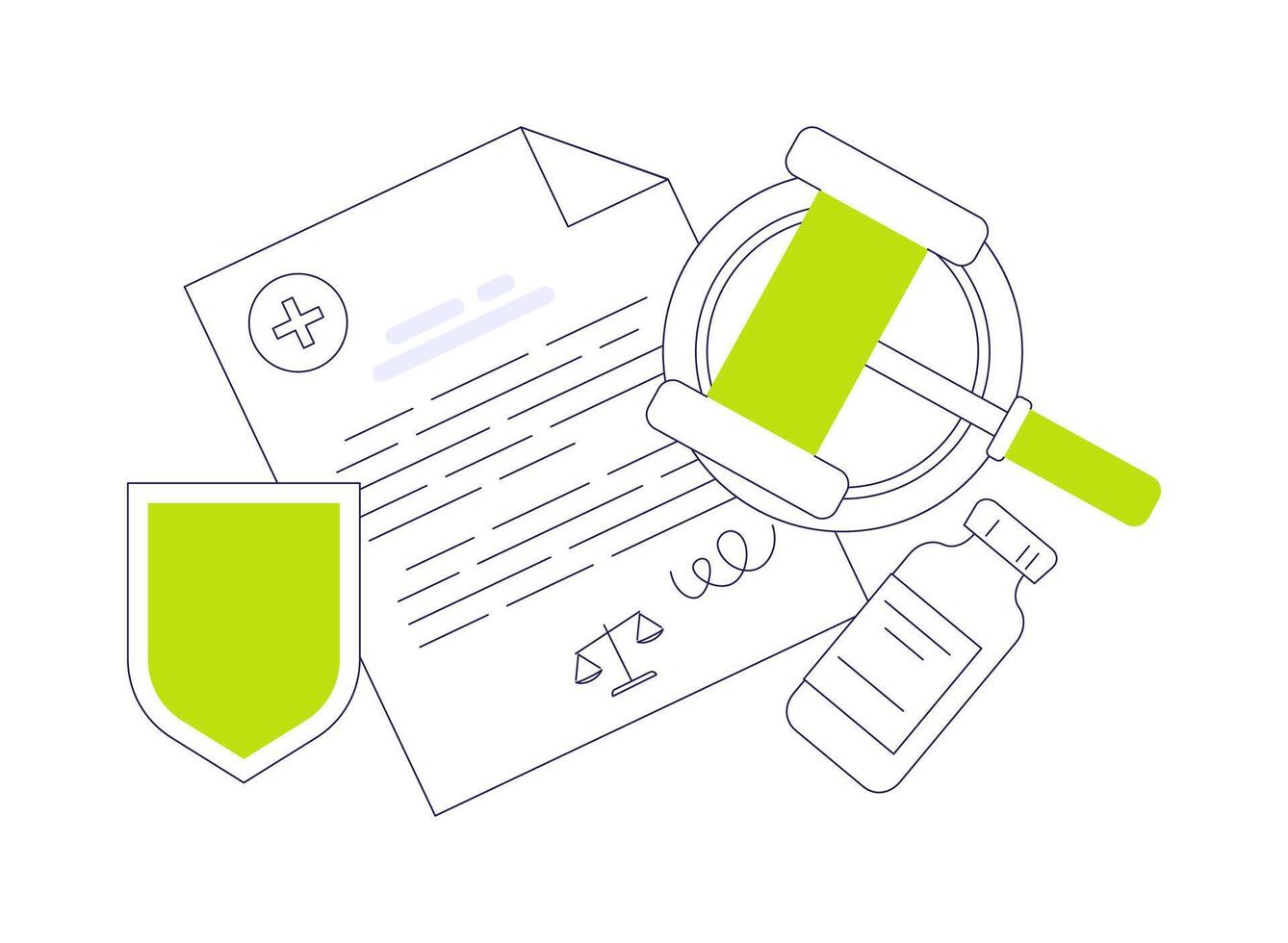Court translation refers to the situation in international litigation where, due to language barriers, the parties need to arrange professional translators through translation companies to perform translation. The court has very strict requirements for translators, and the parties cannot choose non-professionals on their own, otherwise it may affect the fairness of the case. Usually, court translators must hold relevant certificates, and the translation company itself should also have formal qualifications and professional capabilities.
Court translation is usually divided into two categories: interpretation and translation. Most of the translation work in the court is mainly interpretation, but sometimes when it comes to evidentiary documents, translation is also used. The court generally entrusts a translation company to translate the evidence to ensure the accuracy and fairness of the translation. Court translation requires the translator to have a high degree of concentration and responsibility, and must ensure that the translation is accurate.
Forms and requirements of court interpretation
Court interpretation includes three main forms: simultaneous interpretation, consecutive interpretation and sight interpretation.
1. Simultaneous interpretation: The interpreter interprets while the speaker is speaking. This form is more common in courts in the United States, but is less used in mainland China.
2. Consecutive interpretation: The interpreter interprets when the speaker pauses, which is the most common form of court interpretation.
3. Sight interpretation: The interpreter interprets written materials (such as judgments or testimonies) on the spot, combining the characteristics of interpretation and translation. Sight interpretation requires very high language ability, legal knowledge and psychological quality of the interpreter.
A core responsibility of court interpretation is faithful communication, that is, the interpreter must accurately translate the original words of the witness without any beautification or mistranslation, including vulgar language.
Court interpretation fee standards
The cost of court interpretation is usually affected by the following factors:
1. Translation demand: If the translation work only needs to be done online, the cost is low; if the interpreter needs to interpret on site, there will be additional expenses such as travel expenses.
2. Language: The translation cost of common languages (such as English) is relatively low, while the translation cost of some niche languages is higher. The specific charging standard is determined by market demand.
Court translation is a rigorous and fair task. Translators must avoid any subjective bias or unprofessional behavior, as this may affect the fair judgment of the case. Therefore, when choosing court translation services, you must choose a formal and professional translation company to avoid unnecessary legal risks caused by improper translation services. If you have court translation needs, please contact our Artlangs Translation for more service details.











